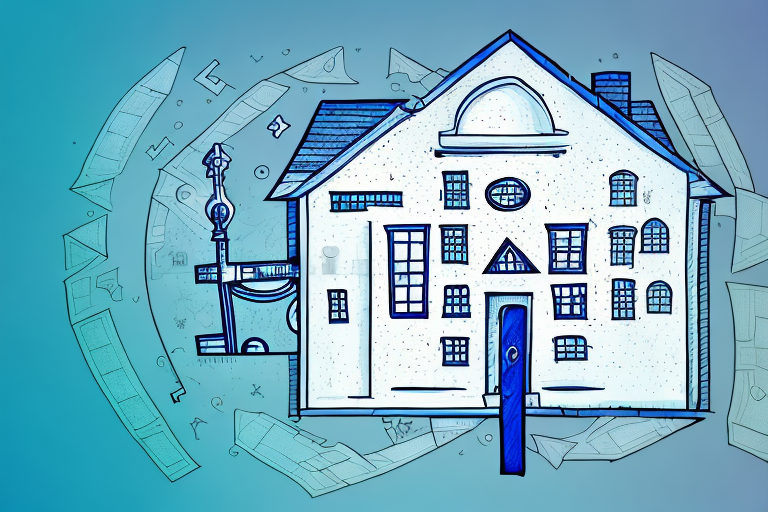For most people, the longer you can hold onto your properties the better.
We all know that time in the market is key, and we ideally don’t want to be selling a property once we’ve purchased it. However, there are times when it makes sense to sell and move on.
If a client comes to me and I see that they are holding onto a property in their portfolio that is underperforming, it might actually be a smarter decision to move it on and invest in something better.
When people look to sell, they often make the mistake of selling off the property that is performing the best. They see that they’ve built up some good equity with the home and want to cash it out. While waiting for a poor performer to ‘catch up’.
In fact, that’s the complete opposite of what you should actually be doing. A smarter approach is to cut your loser and find better opportunities to put that money and serviceability to work.
Recently a client came to me who had three properties, as part of a $2 million property portfolio and wasn’t sure what they should do.
The first property I reviewed had been purchased in 2017 for around $420,000 and had grown nicely to around $820,000. That’s an overall growth of around 95.2% or 10% per year.
The next property was picked up in 2016 for $640,000 and was currently valued at $1.2 million. That was also a solid performer with 87.5% overall growth or 8.2% per year.
However, the first purchase they had ever made was not really keeping pace. It was a 1-bedroom apartment in Western Sydney. They’d bought it for $380,000 in 2015 and it was now valued at $550,000.
While that growth was reasonable, at 44.7%, when we break it down it was only increasing at 4% per year.
In contrast, the overall Sydney market was increasing in value by around 8% annually over that same period of time. It’s also half the performance of the other two in the portfolio.
Clearly, this property was an underperformer, so I suggested that they sell it off and put that money into an asset that was likely to perform better.
While there are costs involved in doing so, you have to remember that when you hold onto a poor asset, it’s not likely to get any better.
If it’s underperformed by 50% for the past five years, it really is only wishful thinking to believe that it will not only catch up or even outperform other better-quality assets.
Typically if you are holding a ‘dud’ asset, they are going to hold your portfolio back, so you’re better off getting rid of them and freeing up the cash and the serviceability.
Over time there is a significant opportunity cost holding by holding onto a poor performer and by taking a small hit now, you are setting yourself up to make much more in the future.
Sometimes, when people get started in property, they are learning their way and make a poor purchase early on. That’s OK – if you learn from it.
There’s no point holding on out of hope or embarrassment. This is a business. All we can do is learn from that experience and put things in place to make better decisions next time around.
Cutting a dud is not a mistake. Holding onto it forever is.







